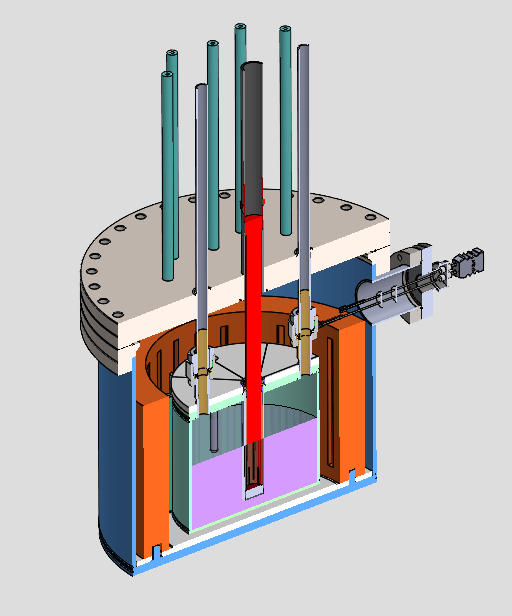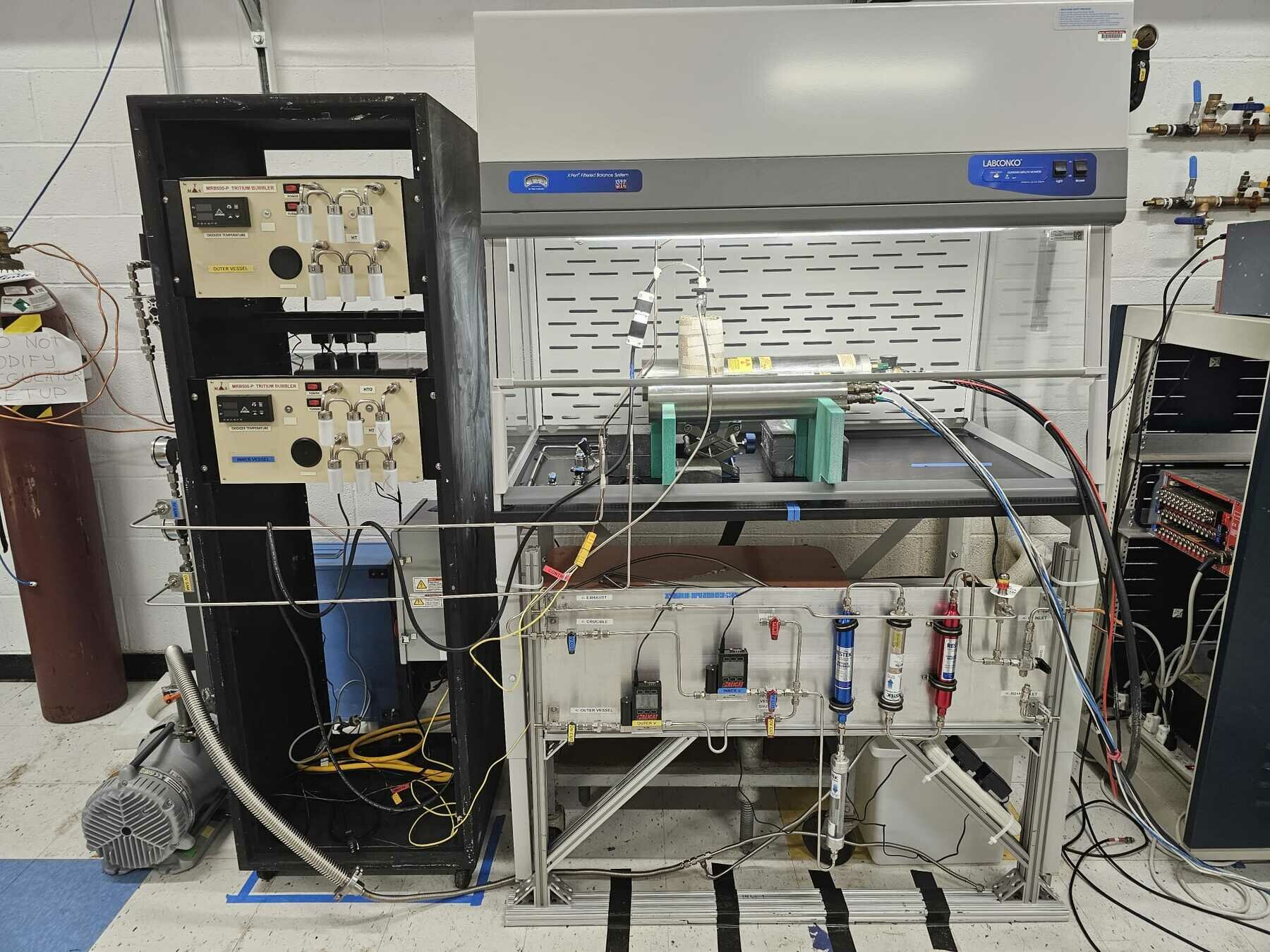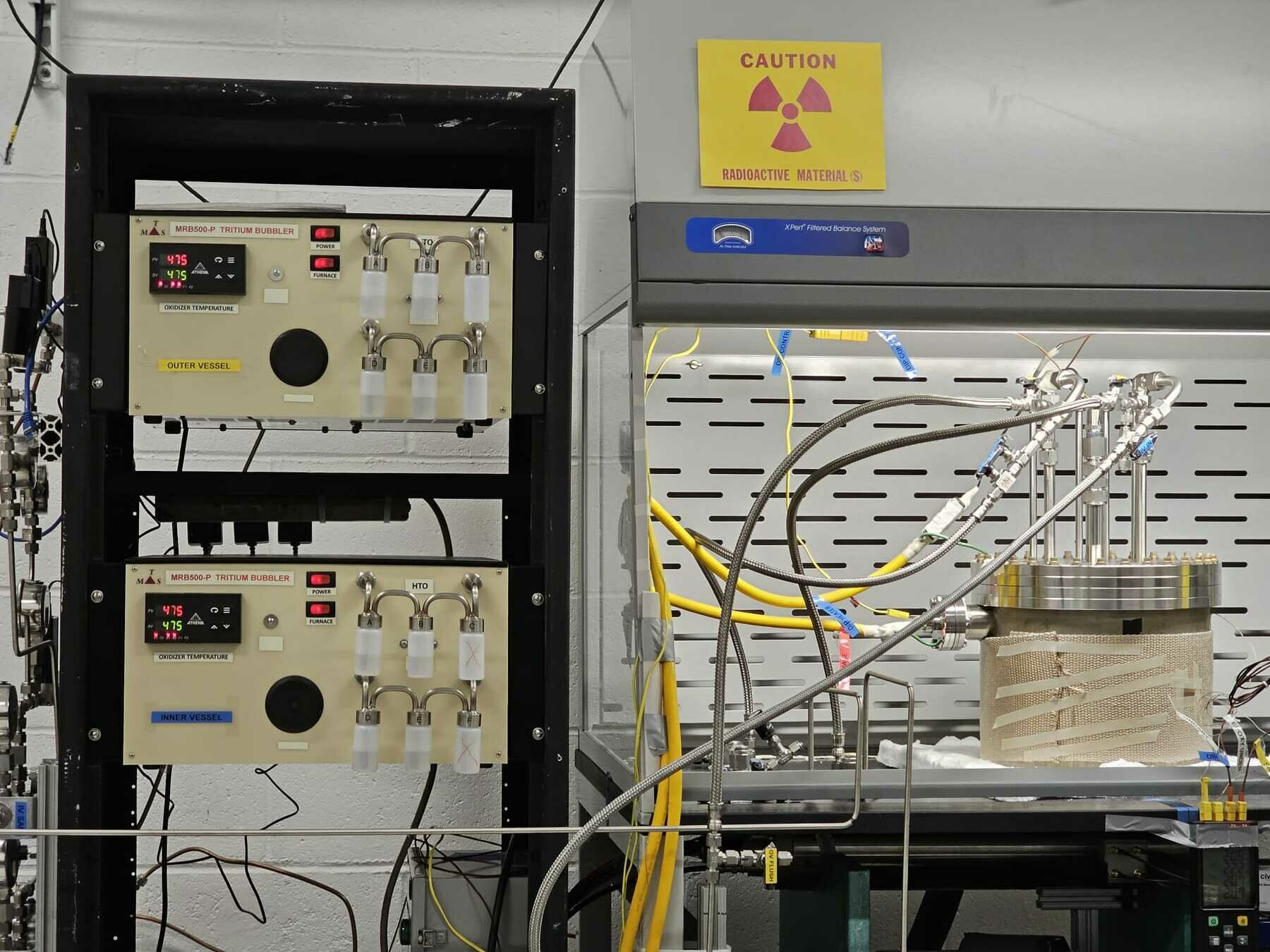LIBRA presentation (Edinburgh U visit)
By Remi Delaporte-Mathurin
LIBRA presentation (Edinburgh U visit)
The tritium fuel cycle presents one of the most critical challenges for achieving sustainable fusion power. Tritium, a key fuel for fusion reactions, is both scarce and radioactive, requiring efficient production, handling, and recycling to support the operation of future fusion power plants. This seminar will explore the scientific and engineering hurdles associated with the tritium fuel cycle, including production, transport, storage, and recovery, as well as the stringent safety and environmental considerations. We will highlight ongoing research at the Plasma Science and Fusion Center (PSFC) aimed at addressing these challenges, with a focus on the development of tritium breeding blankets. These blankets are designed to produce tritium in situ by leveraging neutron interactions with lithium-containing materials. Our work includes experimental investigations, such as the LIBRA project, and advanced modeling efforts using the open-source hydrogen transport code FESTIM. Key topics will include the optimisation of tritium production and recovery, the role of material selection, and the integration of tritium systems with fusion reactor designs. By advancing these technologies, we aim to pave the way toward achieving tritium self-sufficiency, a cornerstone of viable fusion energy systems.






























































